April 26, 2024 | 18:06 GMT +7
April 26, 2024 | 18:06 GMT +7
Hotline: 0913.378.918
April 26, 2024 | 18:06 GMT +7
Hotline: 0913.378.918

“In recent years, Vietnam's seafood exports to China have maintained growth momentum,” said Deputy Director Nguyen Thi Thu Thuy. Photo: TQ.
For many years China has been one of the major markets for Vietnamese fisheries products. Dear Ms. Thuy, how do you evaluate our country’s fisheries export to this market in recent years and its opportunities in the future?
Despite being the world's largest fishery producer, China is also a major importer. With a population of more than 1.4 billion people, the demand for fisheries products is quite diverse.
In 2022, China spent nearly USD 19 billion to import all kinds of fisheries products for domestic consumption, up more than 35% compared to 2021, with almost USD 2 billion on fresh fisheries imports. Vietnam only provided approximately USD 322 million of export fisheries products, accounting for 2% of total export value, so there are still ample opportunities in this market.
In recent years, Vietnam's fisheries exports to China have basically maintained a good growth momentum. Products with competitive strength, such as pangasius, are increasingly being well-received by the Chinese people and become one of the growth drivers in this market.
Considering the increasing consumption demand of Chinese consumers, there is still a lot of room for Vietnamese fisheries products especially in places located deep in China's interior territory.
From your point of view, what support have free trade agreements provided for Vietnam's fisheries exports to China?
The free trade agreements signed by Vietnam have greatly contributed to import and export activities, creating a clear corridor for Vietnamese goods to foreign markets. Vietnam and China are both members of the ASEAN - China Free Trade Area (ACFTA), so the tariff barriers for fisheries products are basically at 0%.
The two countries are also members of the Regional Comprehensive Economic Partnership (RCEP). RCEP will help Vietnam boost fisheries exports and gain better access to the Chinese market. Producers in Vietnam can reduce costs and access supply chains throughout the Asia-Pacific region.
In the future, with the two pushing to join many new-generation free trade agreements, Vietnam's export of goods in general and fisheries products in particular to the Chinese market also benefits quite a lot.
What about the difficulties and challenges in this market, madam?
First of all, China has not yet opened its market to many kinds of Vietnamese fisheries products, not to mention this is also a potential market for products of many other countries in the world. Vietnam's fisheries products are also under pressure to compete with the quality products of China itself.
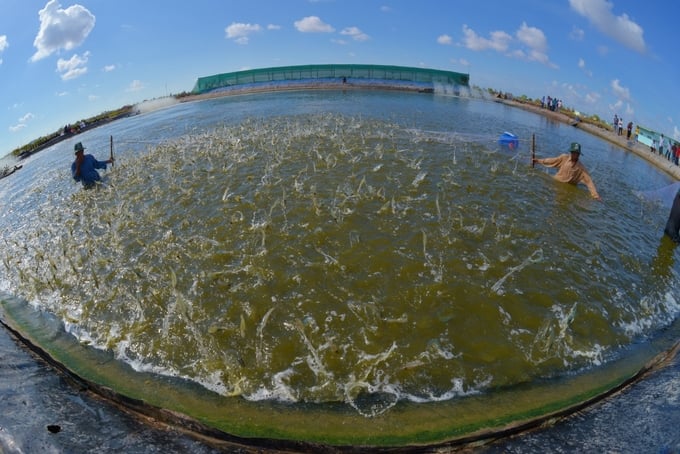
Vietnam should develop an industry development strategy, building a brand in parallel with building concentrated and large-scale specialized farming areas based on market signals. Photo: HT.
Vietnamese fisheries products have not yet had much access to large distribution systems and supermarkets in China. This has somewhat limited the expansion of market share to other potential market areas instead of traditional markets, which have been subject to great competition and gradually saturated in recent years.
China is a market with high standards and strict food safety control and management systems. On the other hand, Vietnamese fisheries products are also one of the groups of products with the highest food safety violations among countries that export to China. Therefore, the Chinese authorities have closely monitored the production activities of Vietnamese producers and exporters bringing products to this market.
Currently, the processing and approval of export registration documents to China is often slow because of slow responses. But from a subjective perspective, Vietnamese businesses have not timely arranged resources to implement the registration according to Chinese regulations.
Some common errors were pointed out. Documents in Vietnamese are sent without a notarized translation. Information of the enterprise on the documents does not match. The person signing the documents in the dossier is not the legal representative stated in the business registration.
In your opinion, what should our country's fishery producers pay attention to when further promoting exports to the Chinese market?
China has been applying high-quality regulations to imported goods, requiring exporters to strictly comply with standards on product specifications, designs, quality regulations and standards of imported goods in general. This is obviously a big challenge but also a great opportunity for Vietnamese businesses to change and exploit the market at a higher level.

In order to export sustainably to China, it is necessary to strengthen the control of food safety and quality standards according to the new standards and regulations. Photo: TQ.
This transition may be difficult at first and requires high investment costs, but in the long run, it will be better to switch exports to the official channel. Exporters can then expand their opportunities to access the Chinese market in a sustainable way, minimizing risks and gradually affirming the position of Vietnamese fisheries product brands.
Enterprises should regularly update and comply with regulations on quality standards, testing, quarantine, packaging, and traceability of the Chinese market. Especially, for a specific market like this, it is necessary to have a dedicated department or staff who can speak Chinese and understand the market.
Thank you, madam!
Translated by Samuel Pham
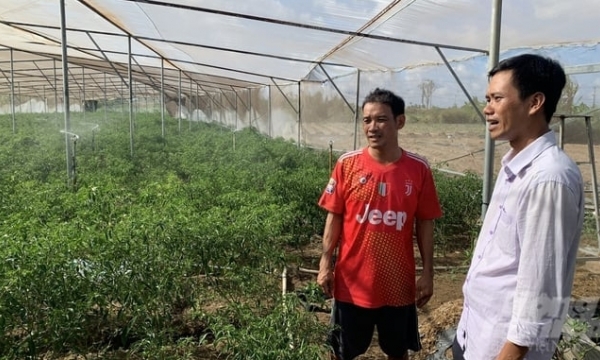
(VAN) The project, sponsored by the European Union, is implemented in Dong Thap, Kien Giang, and Tra Vinh provinces, with a total funding of 4.2 million Euros.
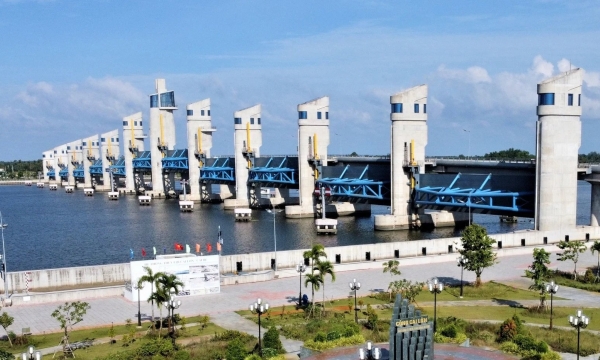
(VAN) In the heart of the Mekong Delta, the Cai Lon and Cai Be sluice gates act as guardians, halting the incursion of salty tides deep into the inland fields and managing freshwater resource distribution.
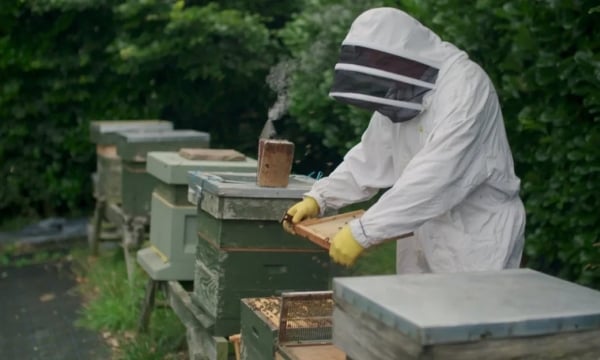
(VAN) The use of IoT, AI, and Blockchain to ensure product quality, streamline the manufacturing process, and distribute goods is a solution for long-term beekeeping development.
/2024/04/25/2756-2-192240_783.jpg)
(VAN) According to the Dong Thap Provincial People's Committee, smart villages are built from farmers' clubs, in line with the trend of developing the digital economy, circular economy, and green economy.
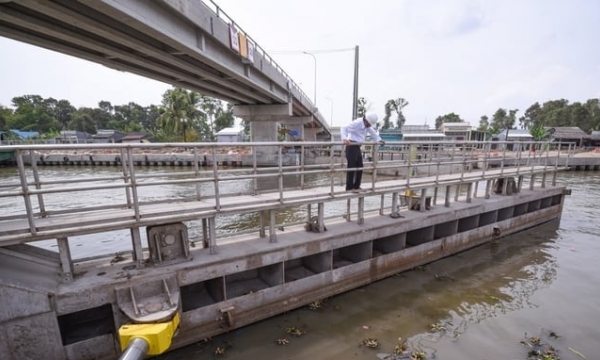
(VAN) Since its inception, the Ninh Quoi sluice gate in Bac Lieu province has significantly benefited the four Mekong Delta provinces during two severe dry seasons.
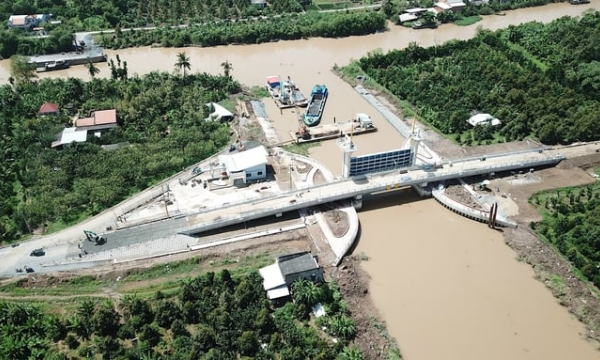
(VAN) During the dry season of 2024, the freshwater and saltwater control sluice projects invested in by the MARD in Ben Tre have significantly contributed to mitigating the impact of natural disasters in the region.
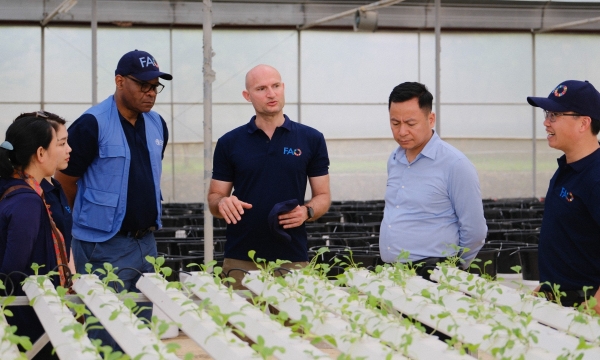
(VAN) The 'Smart Agriculture for the Future Generations' project is aiding 34 households in Moc Chau to renovate and optimize 35,420 square meters of greenhouse space.